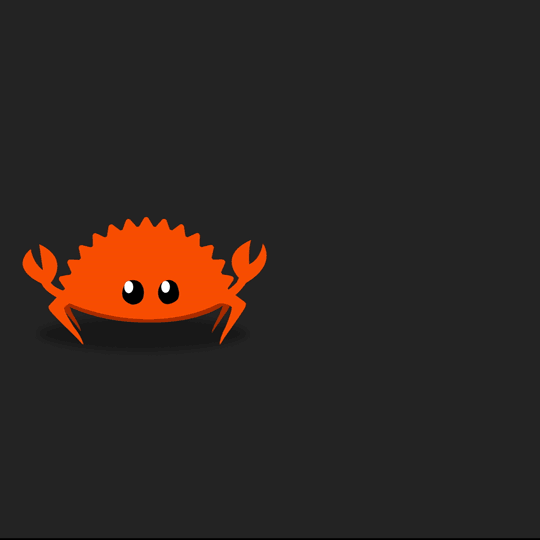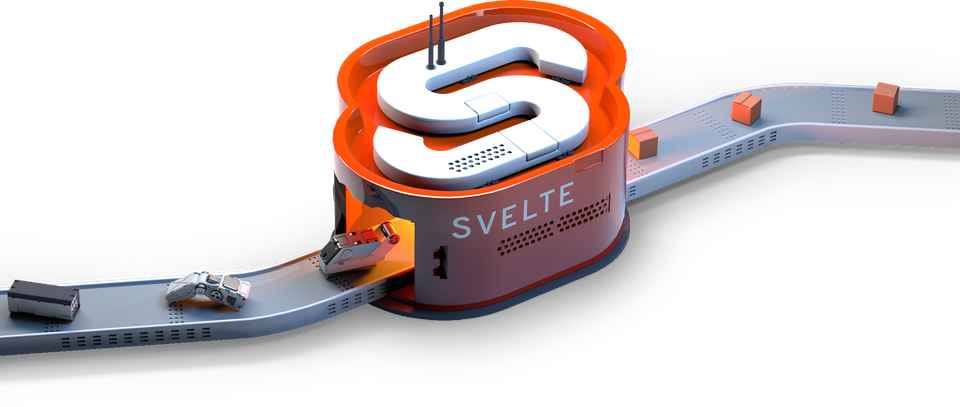Recent Blogs

In the world of microservices, making the
June 25, 2025

Concurrency is one of Go’s standout features, enabling developers to write high-performing applications with ease. By using
December 9, 2024
In the realm of databases, the choice between relational and non-relational models often feels like choosing sides in an age-old debate. However, Neo4j, a graph database, offers a compelling alternative that brings together the best of both worlds. Over the past few weeks, I've had the pleasure of diving deep into Neo4j, and I’ve been impressed by its graph-based approach, ease of design, and rapid learning curve. This blog will explore the fundamentals of Neo4j, its advantages and disadvantages, and delve into a practical social media use case akin to Twitter.
June 10, 2024

In the field of web development, API documentation is an essential but frequently time-consuming effort. Good documentation makes it easier for developers to integrate an API seamlessly and also helps them comprehend its functionality. However, it might be tedious and susceptible to error to manually document each endpoint, parameter, and answer. Tools that provide a standardized method for describing, documenting, and using RESTful APIs, like Swagger, come to the rescue in this situation.
June 25, 2024

Have you ever faced with the challenge of dealing with external files in your Go projects? It can be tricky to manage static web assets, configuration files, and other resources outside of your codebase. While I was working on an open-source project called "Compage" I was encountered with a challenge where I was unable to load a configuration file which is highly nested inside the project, While trying to solve to this challenge I found embed.FS. Luckily, Go 1.16 has introduced a handy solution: the embed package and its FS type. In this article, we'll delve into how you can use embed.FS to make your project organization more straightforward and improve your workflow.
June 6, 2024

Welcome, fellow developers, to the thrilling world of Rust! In this series, we embark on an exhilarating journey to master this potent, memory-safe language, celebrated for its speed and efficiency. But before we plunge into the realms of code, let's gear up our environments to start crafting amazing creations.
April 5, 2024

we explore the client-side interaction using Golang. 🚀 In this article, we walk through the code that creates a client for our PingService, making requests and handling responses. 🤝 🔍
February 20, 2024

In this article, we'll delve into the implementation of a gRPC server-side microservice using Golang. Let's take a closer look at the provided code for the PingService and understand how the controller and main.go facilitate this microservice.
April 25, 2024

Protocol Buffers, or Protobuf, are a language-agnostic data serialization format developed by Google. They provide a structured and efficient way to define data schemas. Utilizing a simple language-specific interface definition in
April 25, 2024

Evans CLI is a command-line tool designed to facilitate interaction with Go gRPC services. It offers a range of features that simplify the testing and debugging of gRPC services. Here are some of the advantages of using Evans CLI.
April 5, 2024

Interceptors in gRPC are useful because they allow developers to add custom logic to the request/response processing pipeline. One exciting reason for the need for gRPC interceptors is that they allow us to implement cross-cutting concerns in a modular and reusable manner. Assume we want to add authentication to all of our gRPC services.
April 5, 2024

This blog is all about looking into the best test framework in go
April 5, 2024

Svelte is a highly performant and easy-to-learn web framework that allows developers to build complex user interfaces with minimal code. Its unique approach to compiling code at build-time leads to faster loading times and smaller bundle sizes, making it a favorite among developers looking for a modern, efficient framework.
February 20, 2024